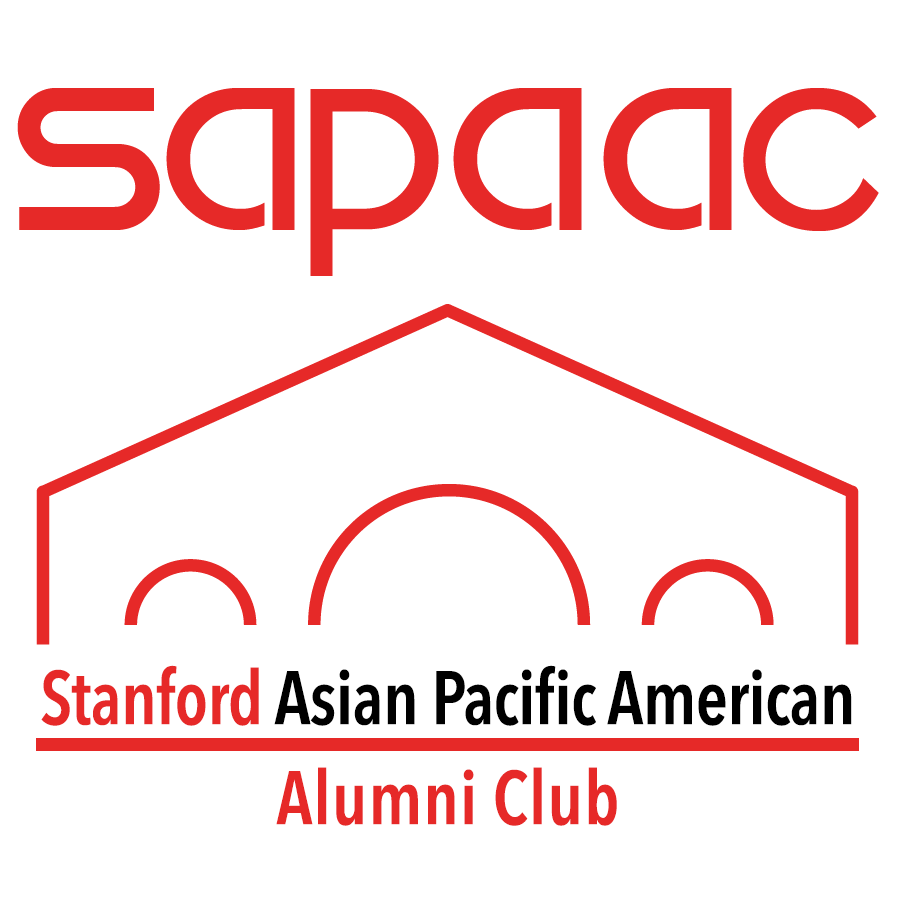In this issue of Asian American Issues, we look back at Order 9066, which U.S. President Franklin Roosevelt signed, ordering the detention of hundreds of thousands of American citizens, based solely on their race and ancestry. Dr. Stephen Murphy-Shigematsu, a psychologist and teacher, at Stanford, reflects on how we can remember these difficult historical events.
We all face situations that are beyond our control. One such moment occurred 75 years ago, on February 19, 1942, when President Roosevelt signed an executive order for the mass incarceration of 120,000 Japanese Americans. This historical moment is particularly remembered this year because of the recent executive order that banned people from certain countries from entering the United States. One way to remember the lessons of history of this injustice based on "race prejudice, war hysteria, and a failure of political leadership,” is to reflect on how people responded at that time.
Elders used the Japanese expression, shikata ga nai, which means “there is no way to act.” But the younger generation were frustrated and angered by this response. They felt it was passive resignation and wondered how they could just give up rather than do something. For elders shikata ga nai was a way of coping with the things in life that cannot be changed; a way of accepting our vulnerability. They believed that acceptance frees us from the chains of victimization, allowing us to claim the agency to move on. Shikata ga nai was a way for them to feel new energy that they directed into creative and productive activities, living with appreciation and gratitude rather than bitterness and regret.
Recognizing and acknowledging their situation, they discovered new possibilities and freedoms within the limits of the immediate context in which they found themselves. By owning and respecting their vulnerability they could direct energy to growing and to nurturing lovely flower and vegetable gardens, writing powerful poetry, and creating exquisite works of art. They knew that every day was a gift of life.
The elders decided that they could not fight the government and the best they could do was accept the incarceration and put positive energy into making the most of the situation. Many young men responded by laying their lives on the line for their country and for their community. Others resisted and protested injustice by refusing to fight for their country. Each way of responding was courageous and based in each person’s sense on who they were and what they were called to do, for their families, for their community, and for their country.
The challenge of shikata ga nai is to determine what cannot be changed and what can be changed. What does a person have to accept? How much ability to change a situation through one’s actions, does a person have? And how far is one willing to go, how much is one willing to sacrifice, to attempt to change things? Each person has to decide how to answer these questions. If we are mindful in these moments wisdom may emerge to guide our actions.
Responding to the hardships we face calls for courage. And every courageous act of reflection, action, resistance, and expression that springs from the question: “What does life want from me?” nourishes the power of the human spirit so that it may thrive even through the most difficult situations.
Stephen Murphy-Shigematsu is a psychologist and lecturer in Health and Human Performance and Comparative Studies in Race and Ethnicity at Stanford University. Read more of his work at https://www.murphyshigematsu.com

